Superheated Steam for Enhanced Oil Recovery
Upgrade conventional OTSG steam to superheated steam at marginal cost to overcome deficiencies and increase production.
US Patent # 10,641,481 B2
Experience
Experience in design, fabrication and fielding of direct contact steam generators dating back to DOE Project DEEP STEAM, 1977
Modular
Begin with a small basic system and grow in complexity as data on liquid and gas production is acquired
Field Time
Long term field operation of direct contact system at 400 OF superheat (over 800 OF injection temperature)
Background
Two-phase steam injection from once-through boilers has seen extensive utilization for thermal oil recovery for many years.
As a mature technology, various benefits and deficits have been observed.
Heated oil viscosity is reduced and particularly for heavy oils, high viscosity is a recognized limiting factor in production.
Observed deficiencies include: boiler emissions which are coming under increased scrutiny in sensitive areas, formation channeling which bypasses a non-negligible fraction of OOIP, and thermodynamic linkage of temperature to injection pressure. This limits two-phase steam temperature for shallow formations where connate water cannot be vaporized to flush associated oil from tight pore volumes.
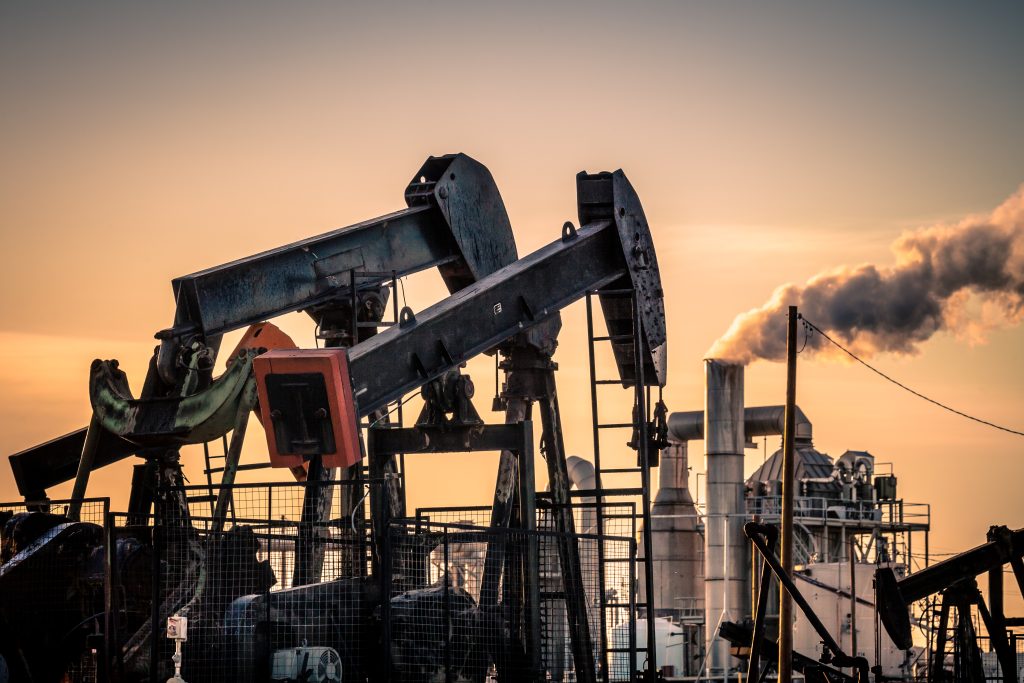
Known and Anticipated Benefits of EA Direct Contact Superheat Steam
- Temperature is not limited by injection pressure so that higher temperatures and further viscosity reduction can be achieved, even in shallow formations.
- Pyrolysis of heated oil produces lighter fractions which will proceed thermal front. Light hydrocarbon gases will solubilize in low temperature virgin oil ahead of thermal zone, thus reducing viscosity of cold oil. TGA results from Los Alamos National Laboratories indicated that for a mid-continent heavy crude, 87% of sample, by mass, was pyrolyzed at 500OC, leaving a carbonaceous/ash residue.
- Observed excess non-solubilized pyrolysis gases arriving at production well may be sufficient to fire all heating equipment, including boiler and superheater after initial start-up period. Excess produced fuel can be used for power generation or other heating needs.
- Permeability improvement of tight formations has been observed in various core flood tests (reported in literature).
- Channeling and fingering of steam/condensed water in formation is reduced.
- For slim hole injection, heat transfer coefficient between superheated steam and casing is greatly reduced compared to two-phase steam injection.
- Accelerated production and higher sweep efficiency associated with non-condensable flue gas injection provides/enhances drive mechanism.
- Based on apparent advantages of superheat, conventional design indirect contact superheaters have been built and field tested but because of high cost, size, and zero mobility (which results in high heat loss from central plant), the effort has experienced questionable benefits.
Energy Analyst (EA) Approach
By using a direct contact superheater, the unit can be configured to superheat two-phase or saturated steam vapor from a conventional once-through boiler, provided that feed water has been de-mineralized or a separator used to eliminate the liquid phase which retains the dissolved solids. In this configuration, it can be deployed as an add-on to existing boilers and steam flood operations.
Alternately, a direct contact superheater can be constructed as a stand-alone device, provided that minerals are removed from feed water.
In either approach, the oxidizer can be air or oxygen. If oxygen is used as the oxidizer, then nitrogen will not appear in produced gases which will consist primarily of hydrogen, methane and low carbon number hydrocarbons as well as any carbon dioxide which has not been solubilized into forward, cold formation crude oil. Even at high fractions of carbon dioxide, produced gases can be passed directly to the boiler burner or superheater as fuel. If superheater is stand-alone, there will be no emissions.
At end of project, reservoir can be sealed; thus sequestering all generated carbon dioxide.
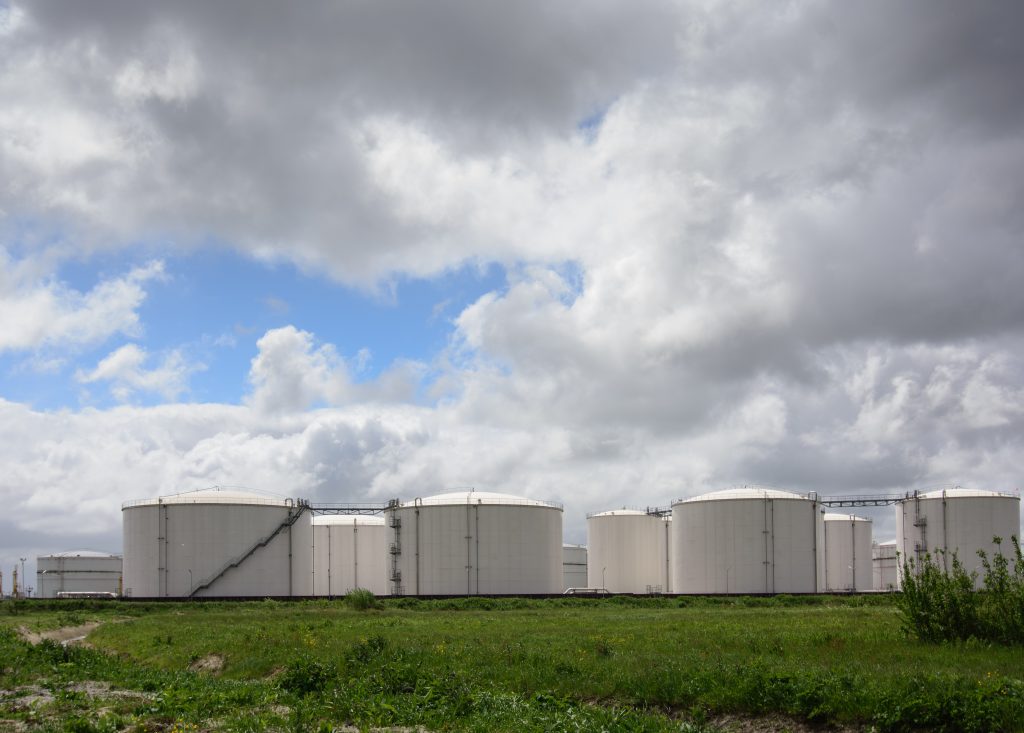
What does Energy Analyst (EA) have to offer?
- Experience in design, fabrication and fielding of direct contact steam generators dating back to DOE Project DEEP STEAM, 1977, with multiple subsequent commercial endeavors, as oil prices fluctuate.
- Long term field operation of direct contact system at 400 OF superheat (over 800 OF injection temperature).
- Some experience in design, fabrication and fielding of a direct contact steam generator using pure oxygen as oxidizer and field gas fuel.
- Team includes a registered chemical/mechanical engineer with design, fabrication and field experience with direct contact steam generators, a petroleum engineer experienced in large field projects and with access to reservoir modeling and simulation, and a knowledgeable hardware/manufacturing interface providing access to custom equipment manufacture in ASME code shop.
- Team has identified appropriate heavy oil deposits and has contact with lease holders with interest in implementing technology if funding can be secured.
- Operation can begin with small basic system and grow in complexity and added patterns as data regarding liquid and gas production is acquired.
- Intellectual property covered by US Patent # 10,641,481 B2.
Results of Proof-of-Concept in Missouri
- Injection pattern during conventional steam flooding by a previous operator (200OC) was shut-in due to high steam-oil ratio. That means the saturated steam was not hot enough to melt the oil.
- Our superheated steam injection averaged >425OC at a pressure of 280 psi (214OC above saturation temperature) at a rate of 180 barrels per day.
- 1:1 water injection to total production. That means the test area has sufficient permeability for commercial production. Gas was not utilized during tis proof test. This gas will be used during next test to reduce operating costs.
- Temperatures in the northern producers increased from 16OC at start to 54OC at test end. The remainder of the producers averaged 32OC at the end of the test. This means the superheated steam was expanding in all directions to provide maximum production.
- Previous experience indicates substantial oil production will not occur until the temperature at the producers reaches 82OC. This means the proof-of-concept test was too short for commercial production as the oil has to be at least 82OC to flow to the producer.
- The superheater performed flawlessly, and no damage was noted upon teardown at the conclusion of the test. Based on the rate of increase in production, commercial production would have commenced within six additional weeks.
| Week of | Produced Water (bbl) | Produced Oil (bbl) |
| Sep 10 | 1008 | 5 |
| Sep 17 | 995 | 7 |
| Sep 24 | 1118 | 14 |
| Oct 1 | 1125 | 23 |
| Oct 8 | 1141 | 42 |
| Oct 15 | 1207 | 70 |
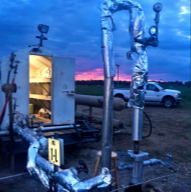
Path Forward
The lowest risk course of action is to deploy a system similar to one which has already undergone substantial field demonstration. This configuration utilizes compressed air as the oxidizer with saturated steam vapor delivered from a conventional boiler/separator.
In order to design system to appropriate operating parameters, a target field will need to be identified and lease secured. Needed services will including power, water delivery, water treatment (simple softening if boiler with steam separator is used), gas and air compression, and production infrastructure developed.
In order to protect casing from elevated superheat temperatures, an affordable insulation system will be installed in the injection wells.
The project will be expanded as milestones are met. For oxygen oxidizer, an agreement with an air separation partner should be negotiated. Then an appropriate design direct contact superheater can be based on the proven air oxidizer design.
This approach will entail collaboration with oxygen safe handling technicians as a required component of the effort.
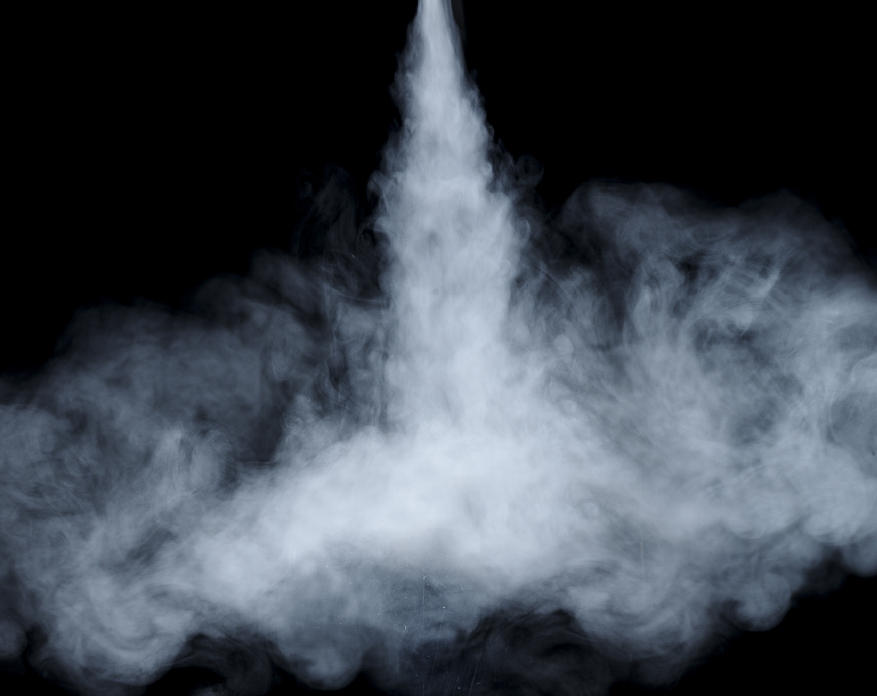
Featured Work
Journal Article
Crude Oil Pyrolysis Studies: Application to In Situ Superheat Steam Enhanced Oil Recovery
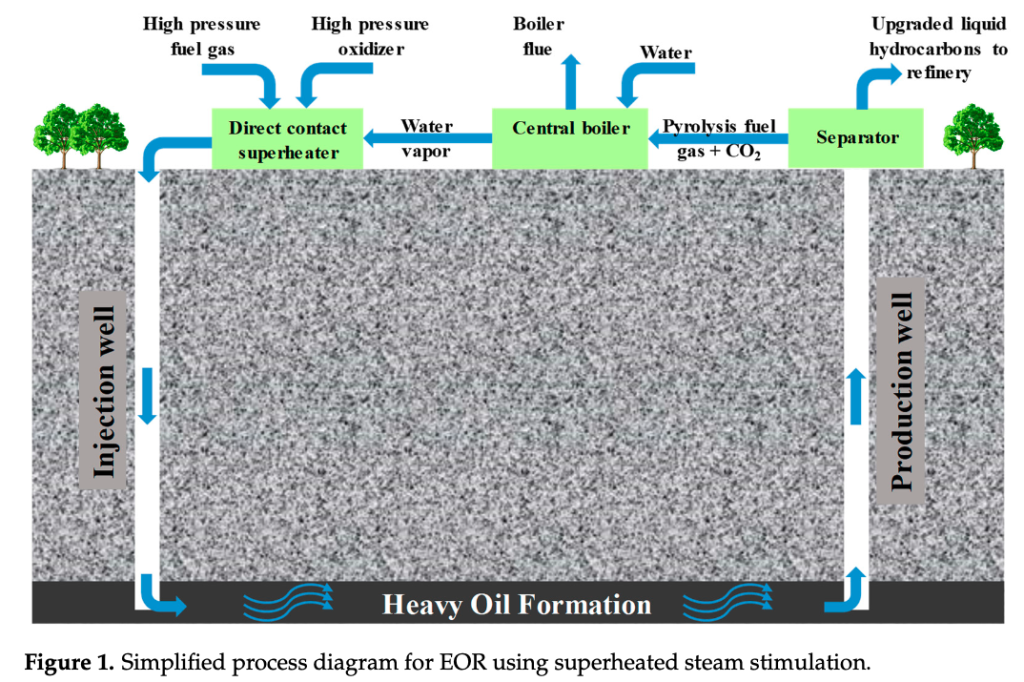
Abstract: This work focuses on the occurrence and composition of flammable pyrolysis gases which can be expected from stimulation of heavy oil with superheat steam. These gases can have commodity value or be used to fire a conventional boiler to generate steam vapor for superheater feed. Seven oil samples taken from different US locations were tested via thermogravimetric analysis (TGA) with off-gas analysis of light hydrocarbons via mass spectrometry (MS). The samples were heated up to 500OC at 5OC/min in a gas flow of moist carbon dioxide and held at 500OC until no further mass loss was noted. Then, carbonaceous residue was exposed to air at 500OC to determine enthalpy of combustion by differential scanning calorimetry (DSC). To demonstrate that pyrolysis was indeed occurring and not simple de-volatilization, a high-molecular-weight reagent-grade organic molecule, lactose, was first demonstrated to produce components of interest. After treatment under moist CO2 at 500OC, all samples were found to lose around 90% of mass, and the follow-up combustion process with air further reduced the residual mass to between 2% and 12%, which is presumed to be mineral matter and char. The light hydrocarbons methane, ethane, and propane, as well as hydrogen, were detected through MS during pyrolysis of each oil sample. Heavier hydrocarbons were not monitored but are assumed to have evolved, especially during periods where additional mass loss was occurring in the isothermal process, with minimal light hydrocarbon evolution. These results correspond to a possible concept of subsequent in situ combustion drive with or without heat scavenging following high-temperature pyrolysis from in situ superheat steam injection.
Keywords: superheat enhanced oil recovery; thermal heavy oil stimulation; in situ heavy oil upgrade; mass reduction; thermogravimetric analysis (TGA); differential scanning calorimetry (DSC)
Journal Article
Pyrolysis of Oils from Unconventional Resources
Abstract: In this study, oils from various sources were subjected to pyrolysis conditions; that is, without oxidizer, as the samples were heated to 500OC, and held at that temperature. The oils studied included: (1) heavy oil from Grassy Creek, Missouri; (2) oil from tar sands of Asphalt Ridge in Utah; (3) mid-continent oil shales of three formations (two of Chattanooga formation, Pennsylvanian (age) formation, and Woodford formation); and (4) a Colorado Piceance Basin shale. Differential scanning calorimetry (DSC) and thermogravimetric analysis (TGA) with either gas chromatography (GC) or mass spectrometry (MS) were used to quantify the produced gases evolved in the tests. Purge gases of helium, argon, and humid carbon dioxide were utilized. Larger scale pyrolysis tests were conducted in a tube furnace coupled to a MS and a GC. The results consistently showed that pyrolysis occurred between 300OC and 500OC, with the majority of gases being mainly hydrogen and light alkanes. This behavior was essentially consistent, regardless of the oil source.
Keywords: enhanced oil recovery; pyrolysis; unconventional oil resource; oil shale; tar sands; superheat steam
Let’s work together
Get in touch and we can talk about your project!